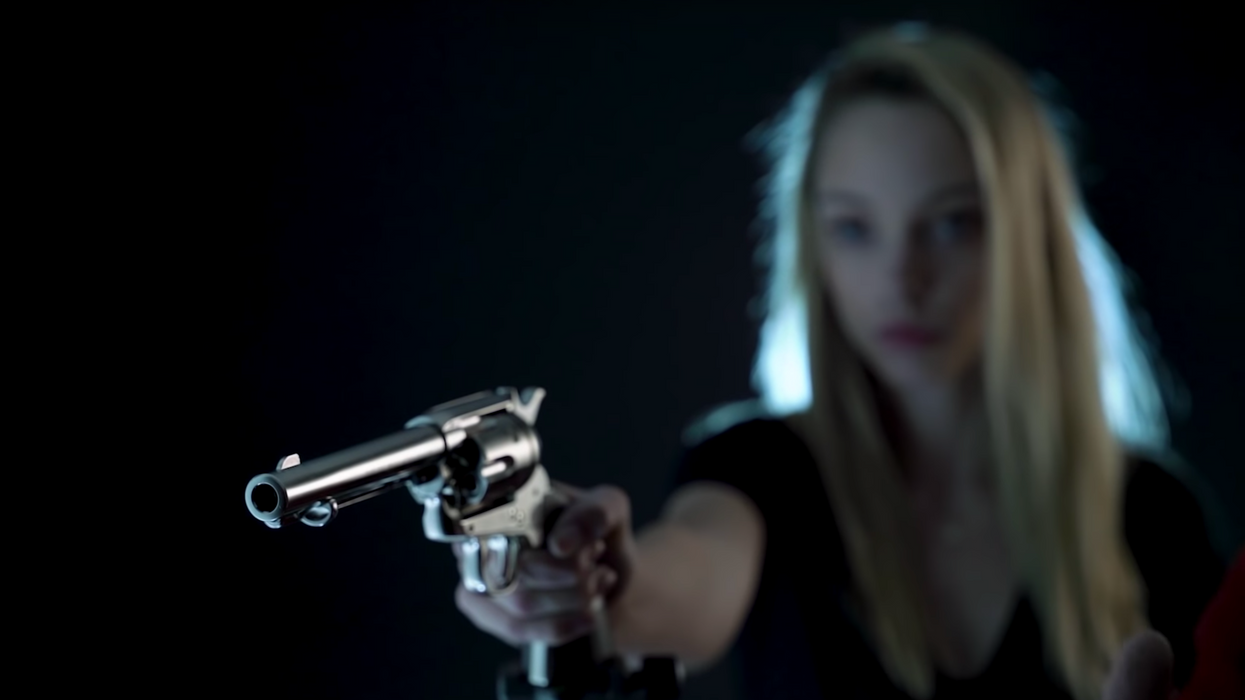2 Key Concepts You Should Know about Lighting Metal Objects
Not using these techniques when lighting metal could lead to some seriously nasty images.

How do you light a gun or a teapot or anything else that is shiny and metallic? If you don't have a whole lot of experience lighting things this might sound like a dumb question, but I promise you just pointing light at it isn't the answer. I mean, it is...but just like everything else in filmmaking, it's a little bit more complicated than that.
In this video, Jay P. Morgan of The Slanted Lens offers up some sage advice on how to light metal objects, and he even walks you through his process of lighting a metallic bb gun to make it look dynamic, stylish, and dangerous as hell.
Direct Light is a Big No-No
In the video, Morgan says, "Metal wants a reflection, not direct light." Why?
Have you ever shined a bright light on a metal surface? It's bright and not cute.
What you want, most likely, is a nice, soft light that accentuates and flatters your subject, whether it's a gun, teapot, or sexy robot model. So, instead of pointing your lights directly onto your subject, try bouncing it off of a modifier or throwing on a softbox.
Light Your Subject on the Angle of Incidence
Because direct light is a big no-no, you should light your subject with indirect light on the Angle of Incidence. What the flying fudge is "Angle of Incidence?" I'll tell you...in a very, very, needlessly complicated way because I'm a terrible teacher.
Imagine your subject is a mirror. (Stay with me.) The Angle of Incidence is the angle created by your light source and the "normal", the imaginary line that runs perpendicular to the mirror. Why is it important? Well, because on the other side of the normal is the Angle of Reflection, which is always equal to the Angle of Incidence. So, if you point your light source toward the mirror at a 45-degree angle, that light is going to reflect at the same angle.
Okay, you're confused. I know. I told you. So here's this!
This is how metal is lit, you guys...or at least how Morgan lights it. And did you catch that helpful little trick he showed you at around the 2:15 mark? To find out where to place your light, hold a mirror up to your subject, look through the camera, and boom, put your light in the space that is reflected.
Source: The Slanted Lens












